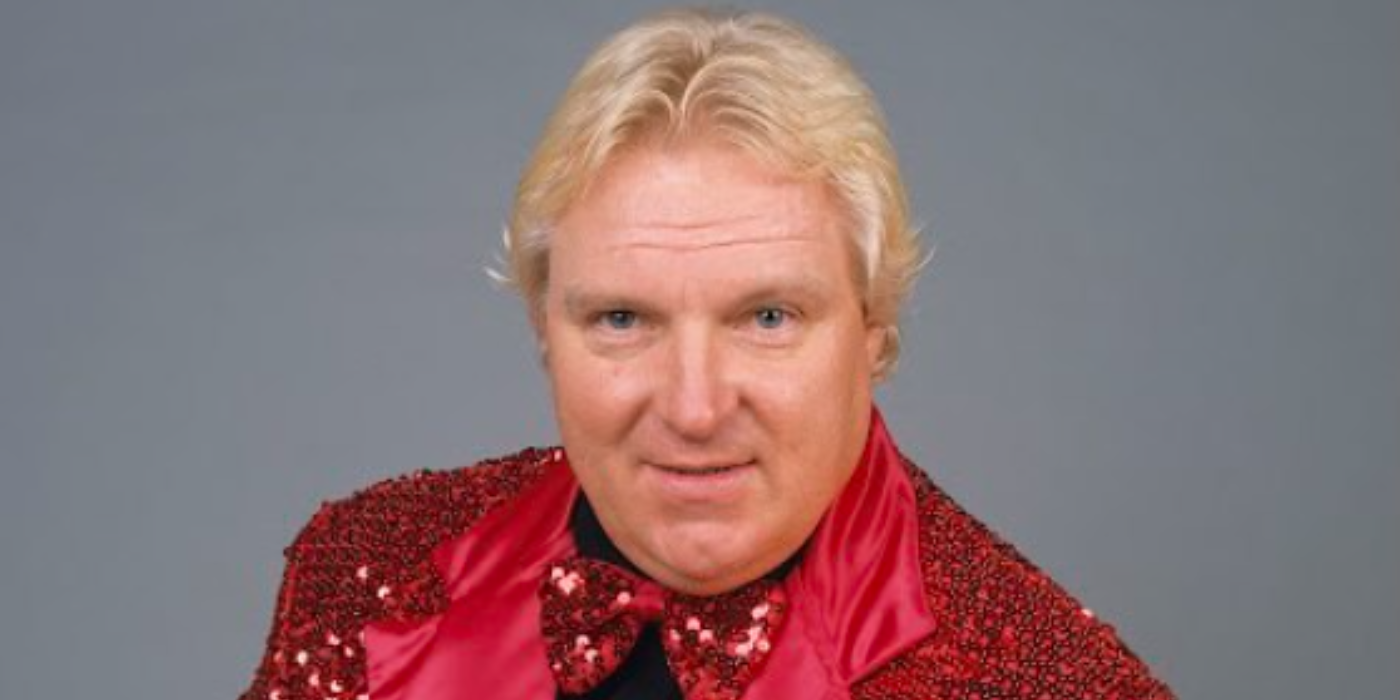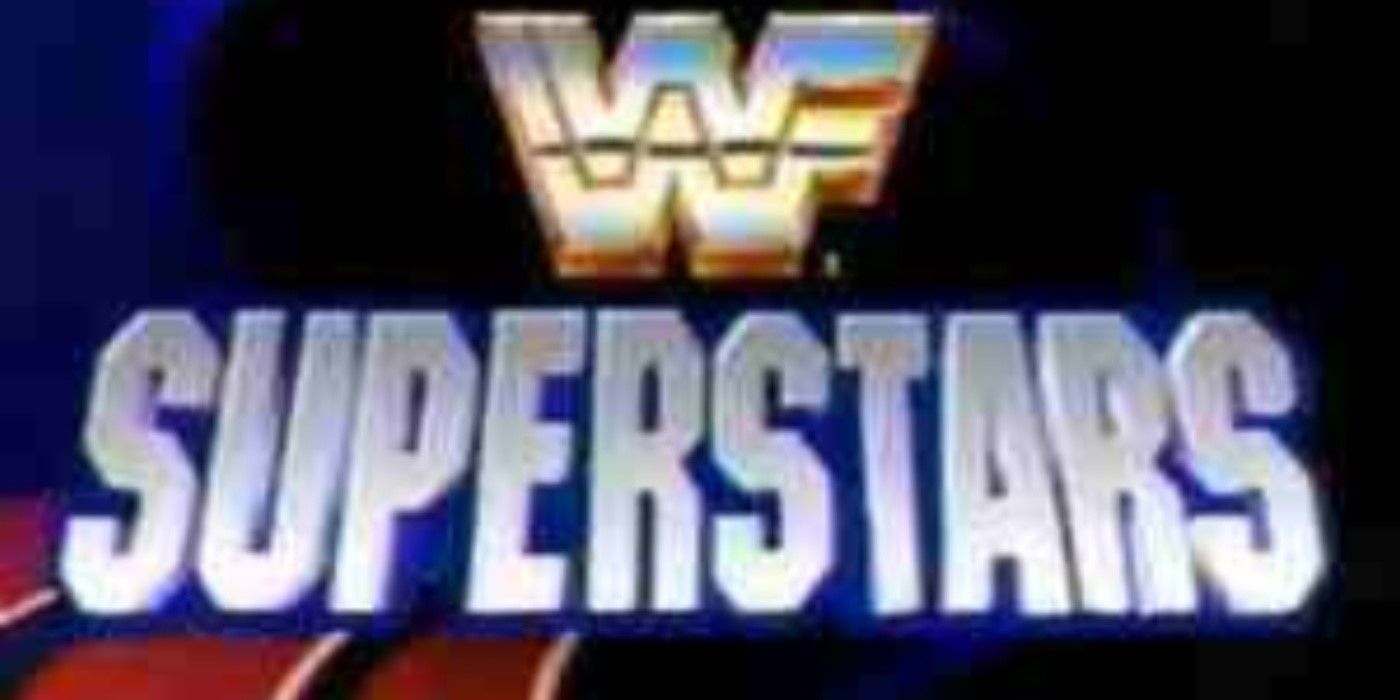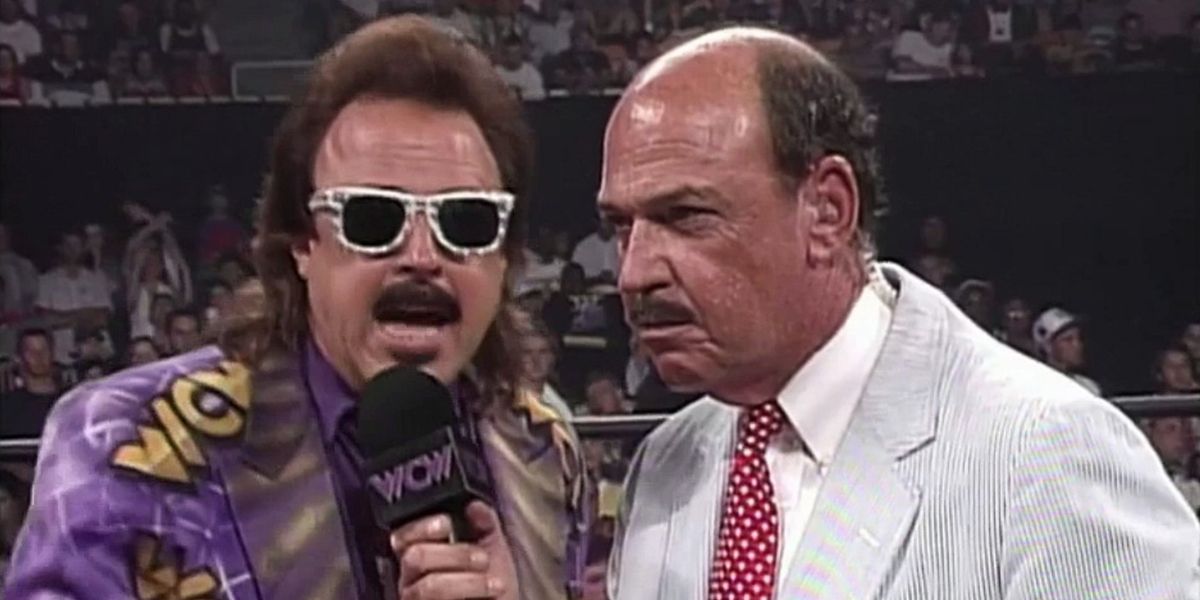The 1980s were a special time for pro wrestling. The decade started with many territories peaking with memorable stars becoming household names within their regions. Harley Race passed the torch to launch Ric Flair’s time as a defining world champion and, in 1984, Hulk Hogan pinned The Iron Sheik to capture his first WWE Championship.
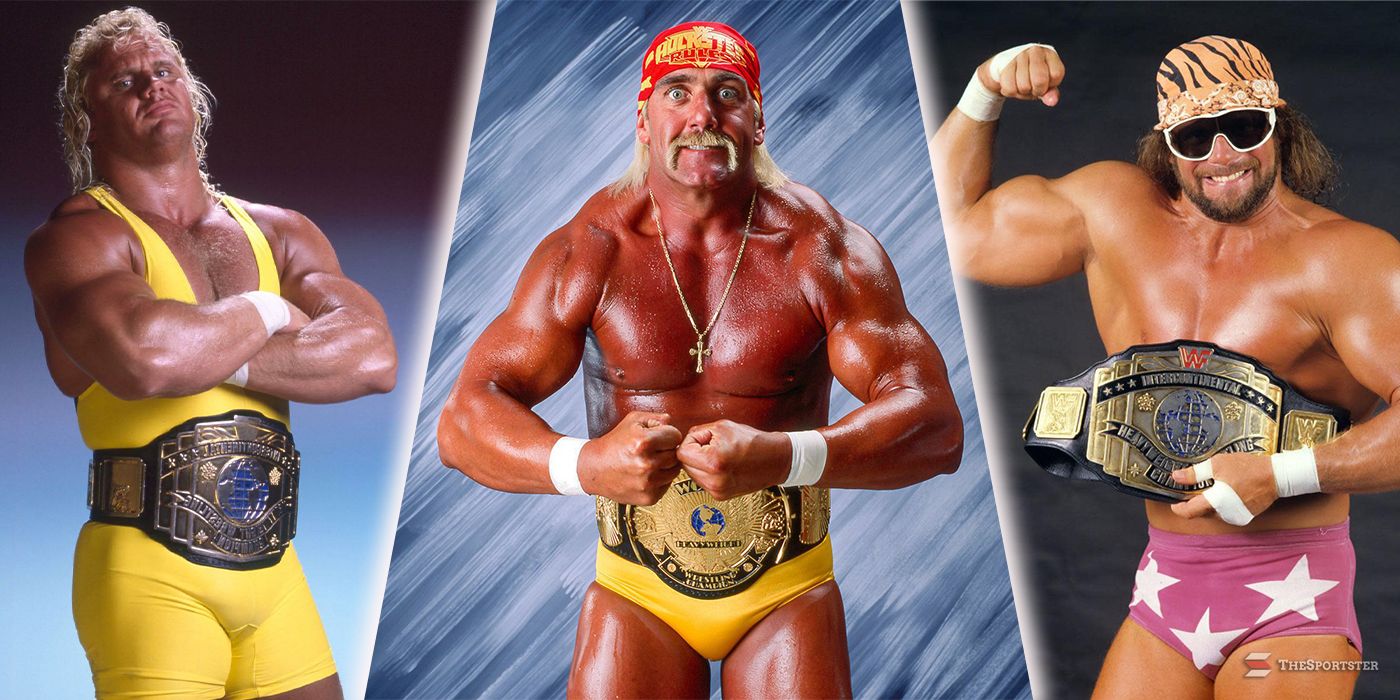
Related
10 Best Champions Of WWE’s Golden Era
WWE’s Golden Era had many legendary titleholders who elevated their championships in a competitive era!
On the back of Hulkamania, syndication and cable TV, and an aggressive strategy of both raiding talent and touring nationally, WWE set its sights on world domination. The Golden Era became arguably the most iconic period of success any wrestling promotion has ever enjoyed. For everything that older fans view through the warm glow of nostalgia today, there are a number of aspects of that time in wrestling that have aged strangely.
Offense In Sets Of Ten
The Fans Would Count Along
- A 1980s staple was for babyfaces to deliver offense in sets of ten.
- Corner punches and turnbuckle smashes lent themselves especially well to this cliche.
- The device seems contrived by modern standards, especially when multiple wrestlers do variations on it in the same night.
From Jey Uso getting fans to yeet with him to Shawn Michaels stomping his foot to get the crowd going with him en route to Sweet Chin Music, inviting fan participation is a timeless and ongoing tradition in the world of professional wrestling.
Today, it’s not uncommon for fans to count along to certain offense like WWE legend Sheamus delivering Ten Beats of the Bodhran. However, in the 1980s, it felt as though just about every baby face aimed to get the fans counting at least once during their match. Whether it was smashing an opponent’s head into the turnbuckle or raining down punches in the corner while poised on the second rope, the offense just didn’t feel complete until the fans counted to ten. It’s a silly detail that just comes across as unrealistic looking back, especially occurring multiple times in the same show.
How Oblivious Referees Were To Managerial Interference
Bobby Heenan And Company Always Found Ways To Get Involved
- There’s a long tradition of heels being accompanied to the ring.
- In 1980s WWE, almost every heel had a manager.
- Looking back, referees just looked incompetent when outside interference was so prevalent.
It’s been a wrestling staple for a very long time for managers, valets, henchmen, and bodyguards to get involved in the action. Sometimes they trip a babyface running the ropes, sometimes they distract the referee while their ally does something illegal, or sometimes they get more physical themselves while the ref is down or distracted.
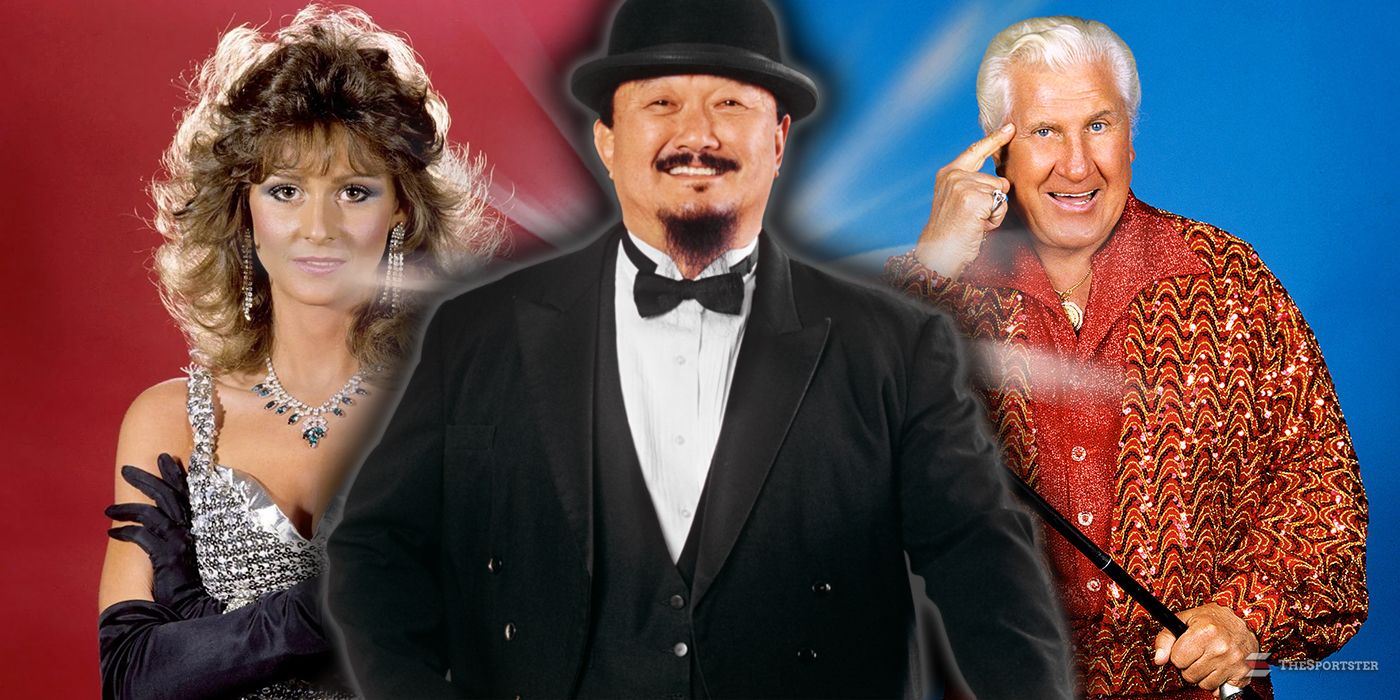
Related
5 Best Wrestling Managers Of The 1980 (& 5 Worst)
Top stars like Hulk Hogan and Randy Savage get credit for WWE’s boom in the 1980s, but managers deserve credit for their work in that era.
This dynamic reached its height in the 1980s, though, when WWE in particular had the majority of its heels attached to a manager, and managers often as not got involved in the action. Seeing this happen in just about every match surely should have prompted WWE President Jack Tunney or other power brokers to put a second ref at ringside or ban ring attendants. Instead, the interference just kept coming, the refs appearing less and less competent with each passing match.
Shows Full Of Squash Matches
No One Would Watch These Shows Today
- Squash matches do have their place in wrestling.
- The 1980s had shows full of predictable squash matches with no excitement.
- Expectations shifted with the Monday Night Wars.
There’s real value in the squash match—a one-sided encounter built to show off the winner’s move set and establish them as a dominant force. Indeed, they still happen here and there for debuting stars or for occasional high-profile matches to shock fans or really put someone over in decisive fashion.
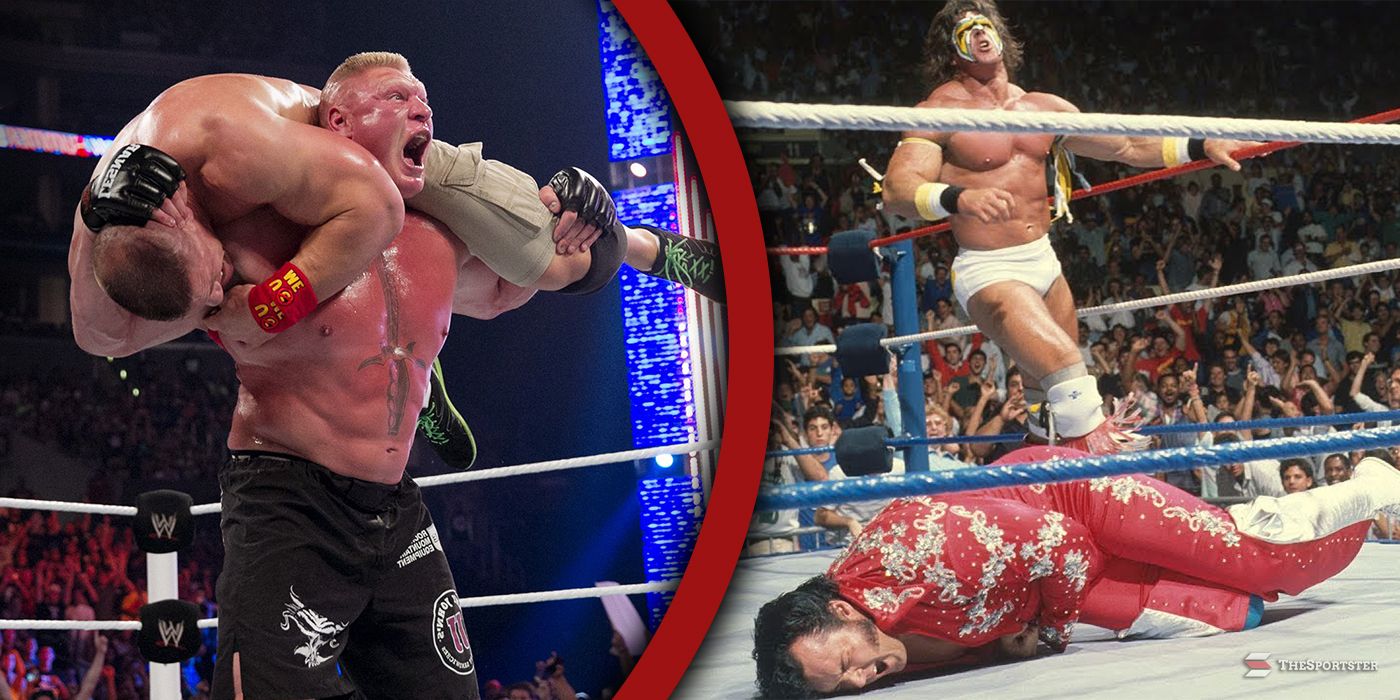
Related
10 Best Squash Matches In WWE History, Definitively Reviewed
Just because one wrestler dominated another one, doesn’t mean that these WWE squashes weren’t entertaining matches!
The 1980s were all about the televised squash, though. Particularly in WWE, it wasn’t uncommon for an entire episode of a weekly television show to be made up of squash encounters. That wouldn’t really change until the Monday Night Wars forced more exciting TV as WWE and WCW battled over ratings. The idea of watching a whole show of non-competitive matches in which the winners were never in doubt seems pretty absurd by modern standards. In the 1980s, though, fans were by and large happy just to see their favorite wrestlers on TV.
Wrestling Hotlines
Mean Gene Okerlund Knew How To Lure In A Customer
- Some paid wrestling media still exists.
- Today, most information is available free on the internet before long.
- 1-900 numbers made big money in the 1980s and 1990s.
In the modern wrestling landscape, there exist paid wrestling news sources—websites with paywalls and entities like Dave Meltzer’s Wrestling Observer Newsletter that call on fans to pay for them. Fans who aren’t quite so hardcore about getting the latest scoop, who can’t afford or justify paying for wrestling news can typically wait a short while and get the same information second hand via social media or follow-up reporting later in the same day.
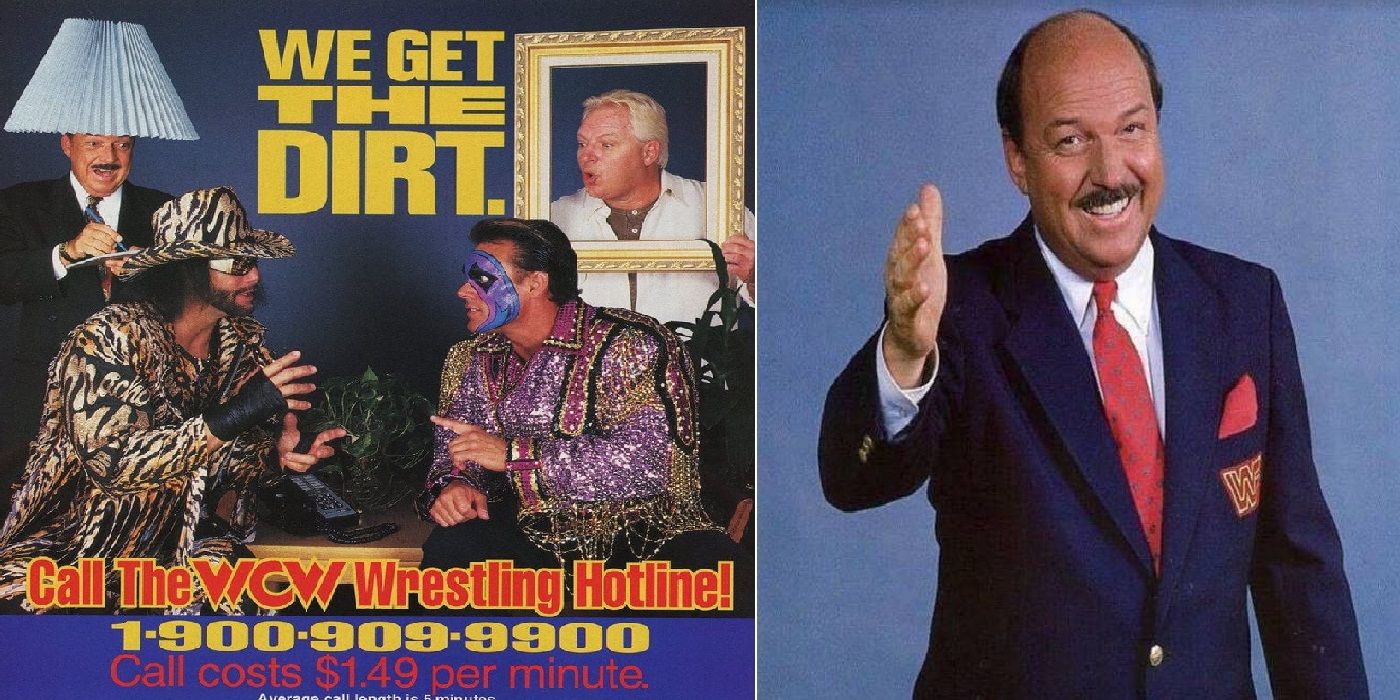
Related
The Hilarious Legacy Of ‘Mean’ Gene Okerlund’s WCW Hotline
WCW Hotline was a paid calling service in the 90s where fans could call to get inside scoop with “Mean” Gene Okerlund.
In the 1980s and 1990s, though, wrestling started to leverage hotlines. Calling a 1-900 number entailed agreeing to charges, which typically grew by the minute, just to hear Gene Okerlund or other personalities offer behind-the-scenes news, continuations of storylines, or occasional looks ahead at where the creative was headed. The spirit of this idea lives on in wrestling media that charges, but the idea of calling a phone number and paying by the minute for wrestling news is certainly surreal forty years later.

